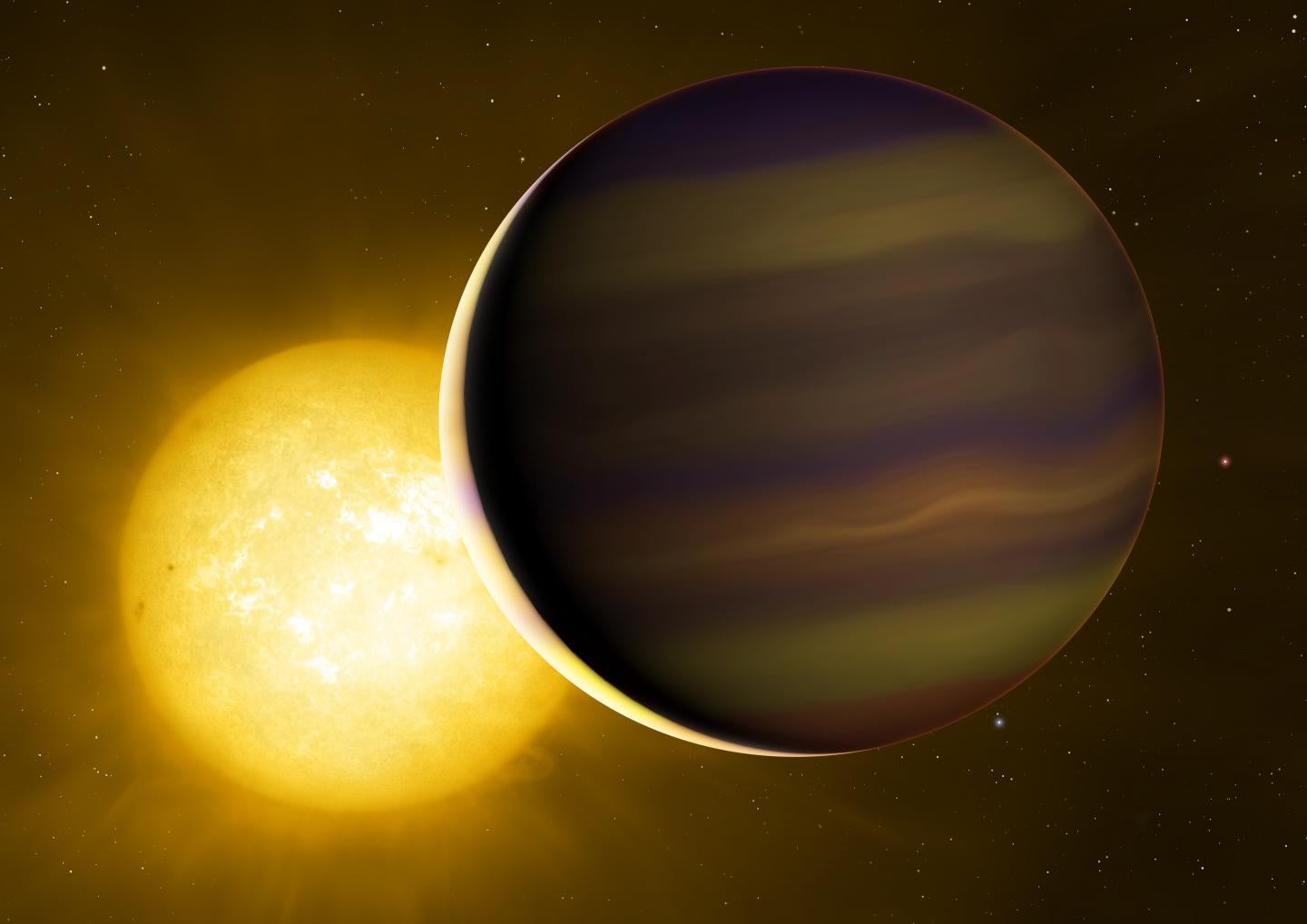The Independent's journalism is supported by our readers. When you purchase through links on our site, we may earn commission.
Scientists discover four dormant stars that seem to be sending strange signals into space
Inactive stars are likely to be sending out magnetic activity, and four new exoplanets have been discovered because of them

Astronomers have found evidence of four new exoplanets after monitoring signals from nearly 20 distant stars.
Using the world’s most powerful radio antenna – the Low Frequency Array (LOFAR) in the Netherlands – the astronomers discovered signals from 19 distant dwarf red stars.
These celestial bodies are much smaller than the Sun but have intense magnetic activity that drives solar flares and sends out radio emissions. Radio signals from planets outside our solar system, however, had yet to be picked up.
Usually, scientists were only able to detect the stars very close to the radio emission; everything else detected in the sky is interstellar gas or strange objects such as black holes. In this instance, however, some magnetically inactive stars appeared, and the team is confident that these signals are coming from the unseen planets.
“Our own Earth has aurorae, commonly recognised here as the Northern and Southern Lights, that also emit powerful radio waves – this is from the interaction of the planet’s magnetic field with the solar wind,” said Dr Joseph Callingham at Leiden University.
“But in the case of aurorae from Jupiter, they’re much stronger as its volcanic moon Io is blasting material out into space, filling Jupiter’s environment with particles that drive unusually powerful aurorae.
“Our model for this radio emission from our stars is a scaled-up version of Jupiter and Io, with a planet enveloped in the magnetic field of a star, feeding material into vast currents that similarly power bright aurorae. It’s a spectacle that has attracted our attention from lightyears away.”
Although the scientists cannot be totally certain that these planets exist, it appears to be the best explanation.
“Follow-up observations have ruled out planets more massive than Earth, but there’s nothing to say that a smaller planet wouldn’t do this,” added University of Queensland’s Dr Benjamin Pope.
The research has been published in Nature Astronomy.
Subscribe to Independent Premium to bookmark this article
Want to bookmark your favourite articles and stories to read or reference later? Start your Independent Premium subscription today.

Join our commenting forum
Join thought-provoking conversations, follow other Independent readers and see their replies